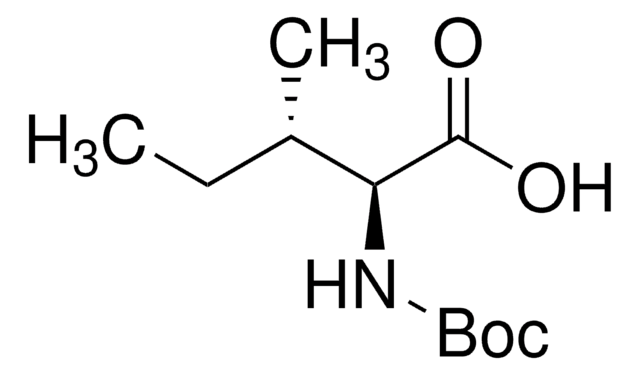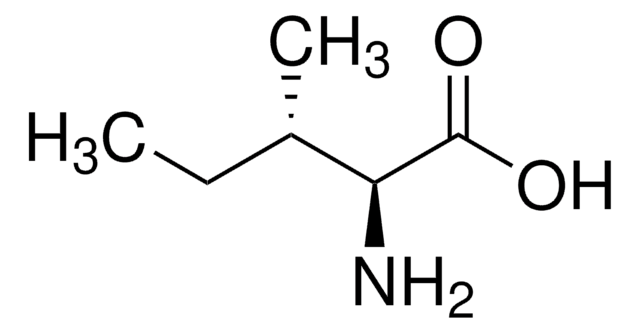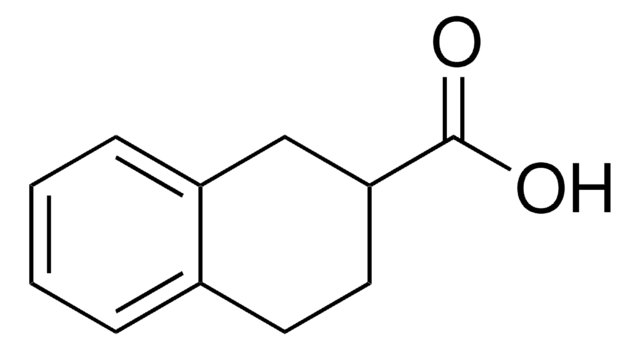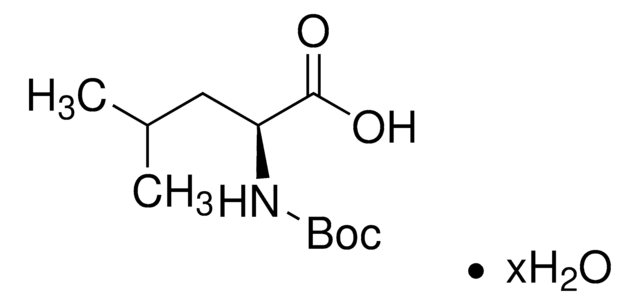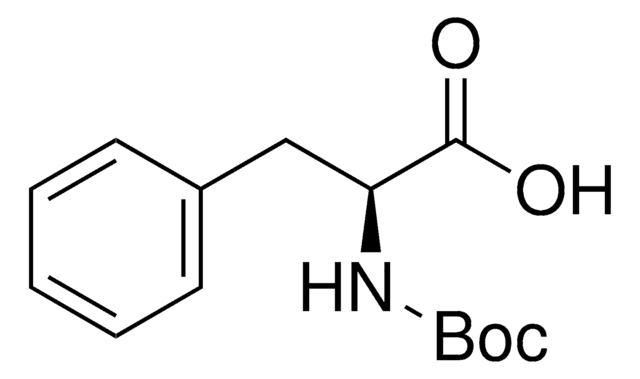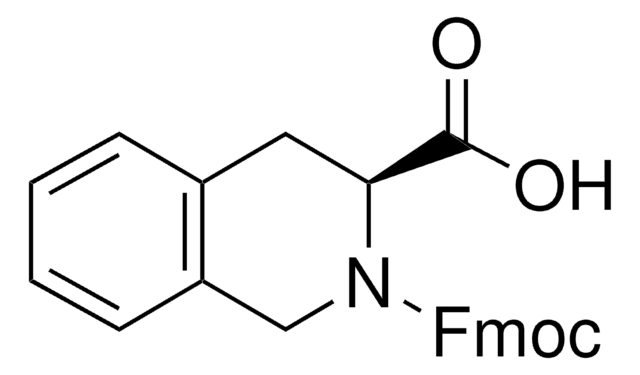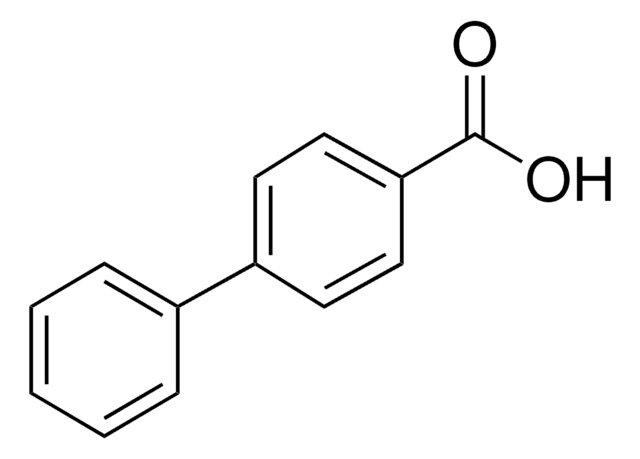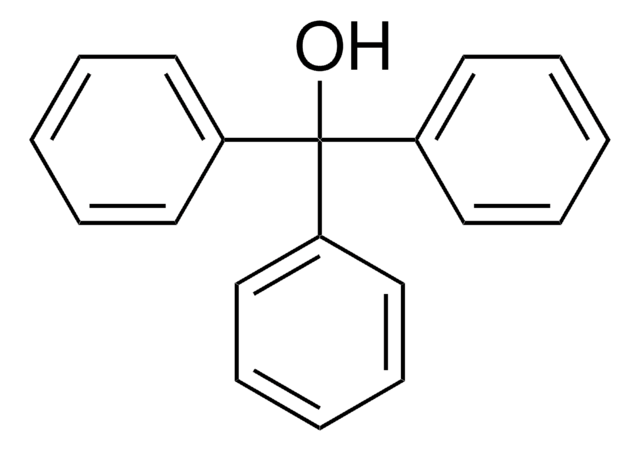17403
2,3-Dihydroxy-biphenyl
for GC derivatization, LiChropur™, ≥98.0%
Synonym(s):
2,3-Biphenyldiol, 3-Phenylpyrocatechol
About This Item
Recommended Products
grade
for GC derivatization
Quality Level
Assay
≥98.0% (HPLC)
≥98.0%
form
solid
quality
LiChropur™
reaction suitability
reagent type: derivatization reagent
reaction type: Alkylations
technique(s)
gas chromatography (GC): suitable
mp
108-113 °C
SMILES string
Oc1cccc(-c2ccccc2)c1O
InChI
1S/C12H10O2/c13-11-8-4-7-10(12(11)14)9-5-2-1-3-6-9/h1-8,13-14H
InChI key
YKOQAAJBYBTSBS-UHFFFAOYSA-N
General description
Legal Information
Signal Word
Warning
Hazard Statements
Precautionary Statements
Hazard Classifications
Eye Irrit. 2 - Skin Irrit. 2 - STOT SE 3
Target Organs
Respiratory system
Storage Class Code
11 - Combustible Solids
WGK
WGK 3
Flash Point(F)
Not applicable
Flash Point(C)
Not applicable
Personal Protective Equipment
Choose from one of the most recent versions:
Certificates of Analysis (COA)
Don't see the Right Version?
If you require a particular version, you can look up a specific certificate by the Lot or Batch number.
Already Own This Product?
Find documentation for the products that you have recently purchased in the Document Library.
Our team of scientists has experience in all areas of research including Life Science, Material Science, Chemical Synthesis, Chromatography, Analytical and many others.
Contact Technical Service